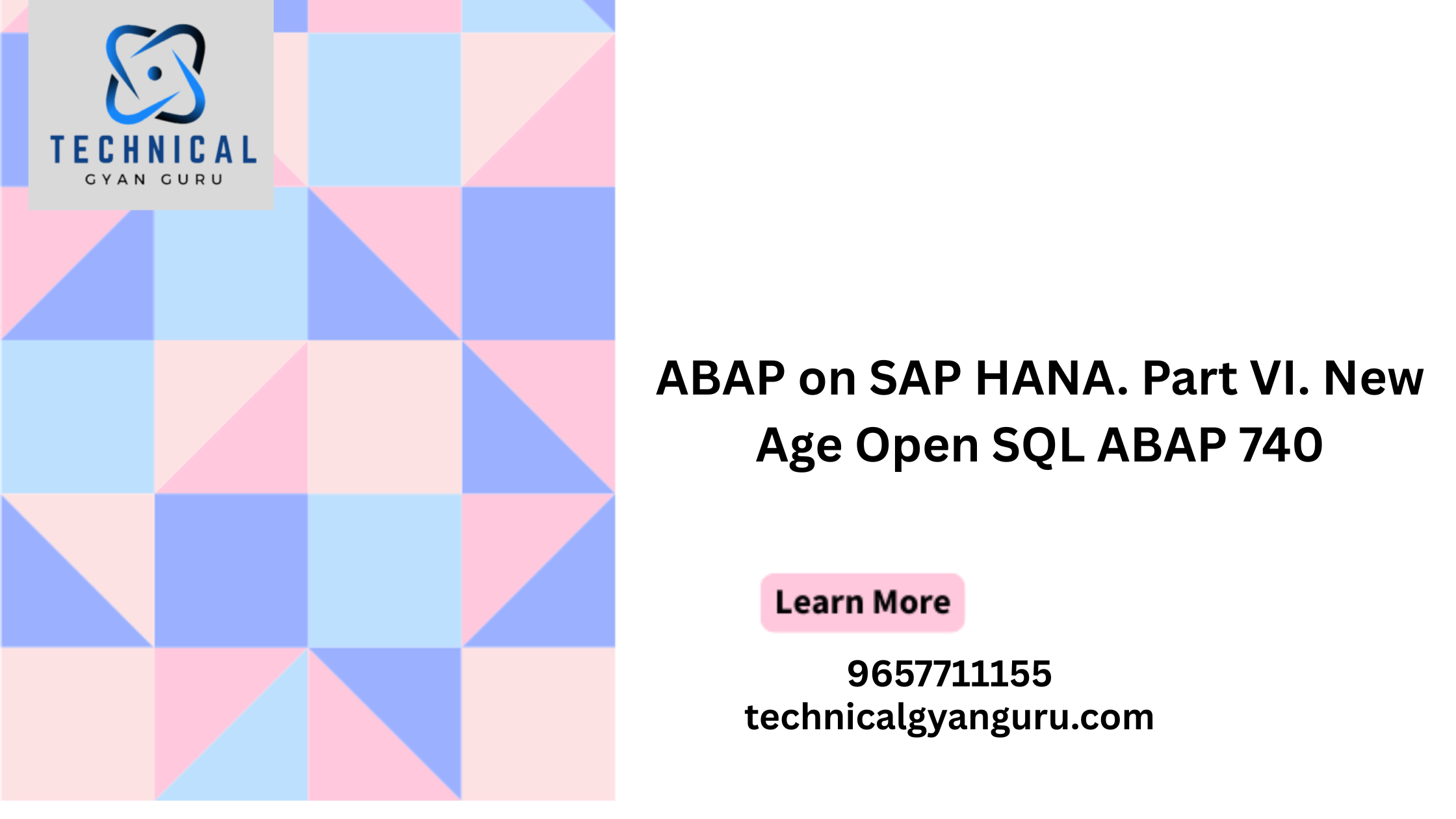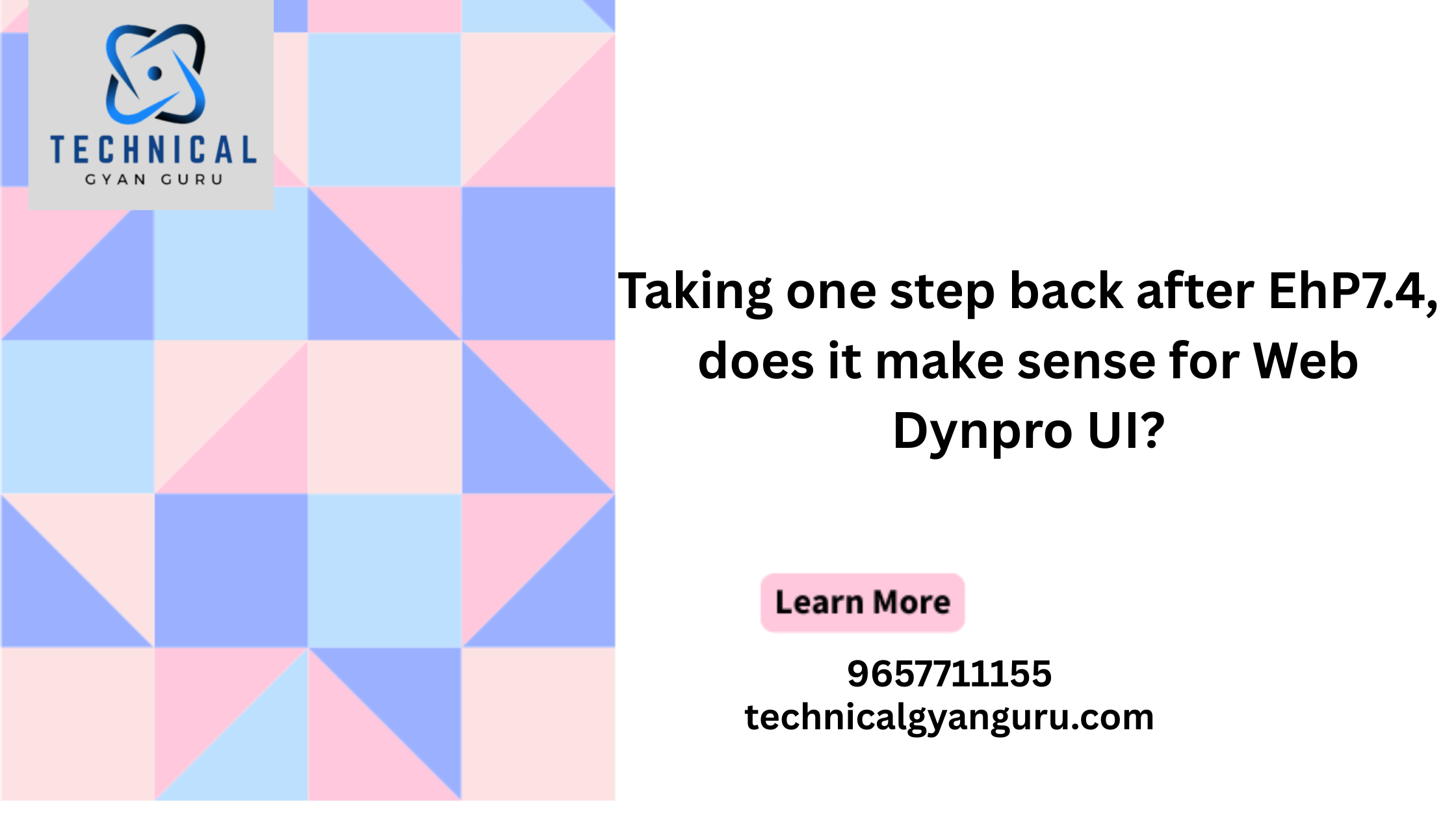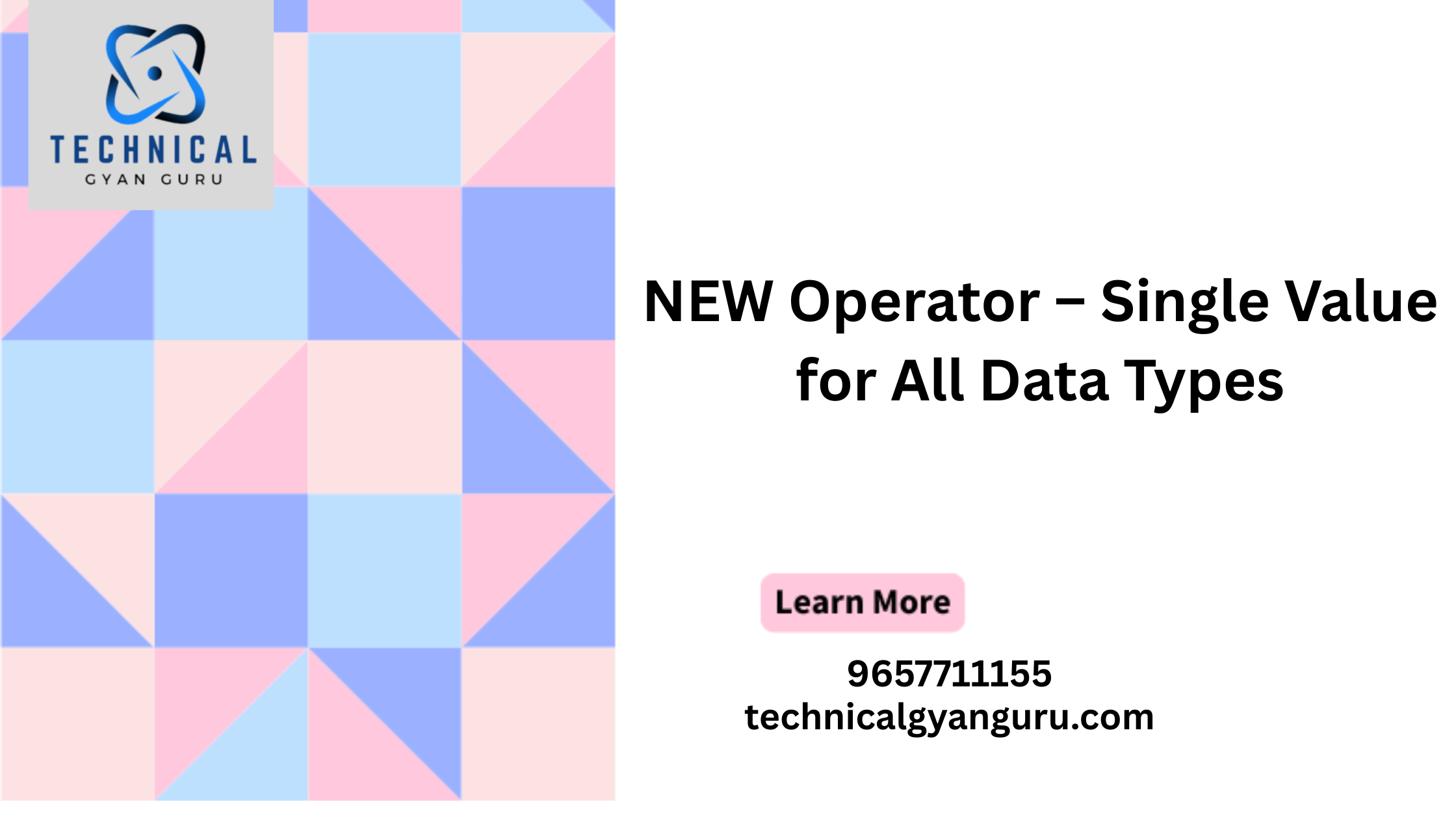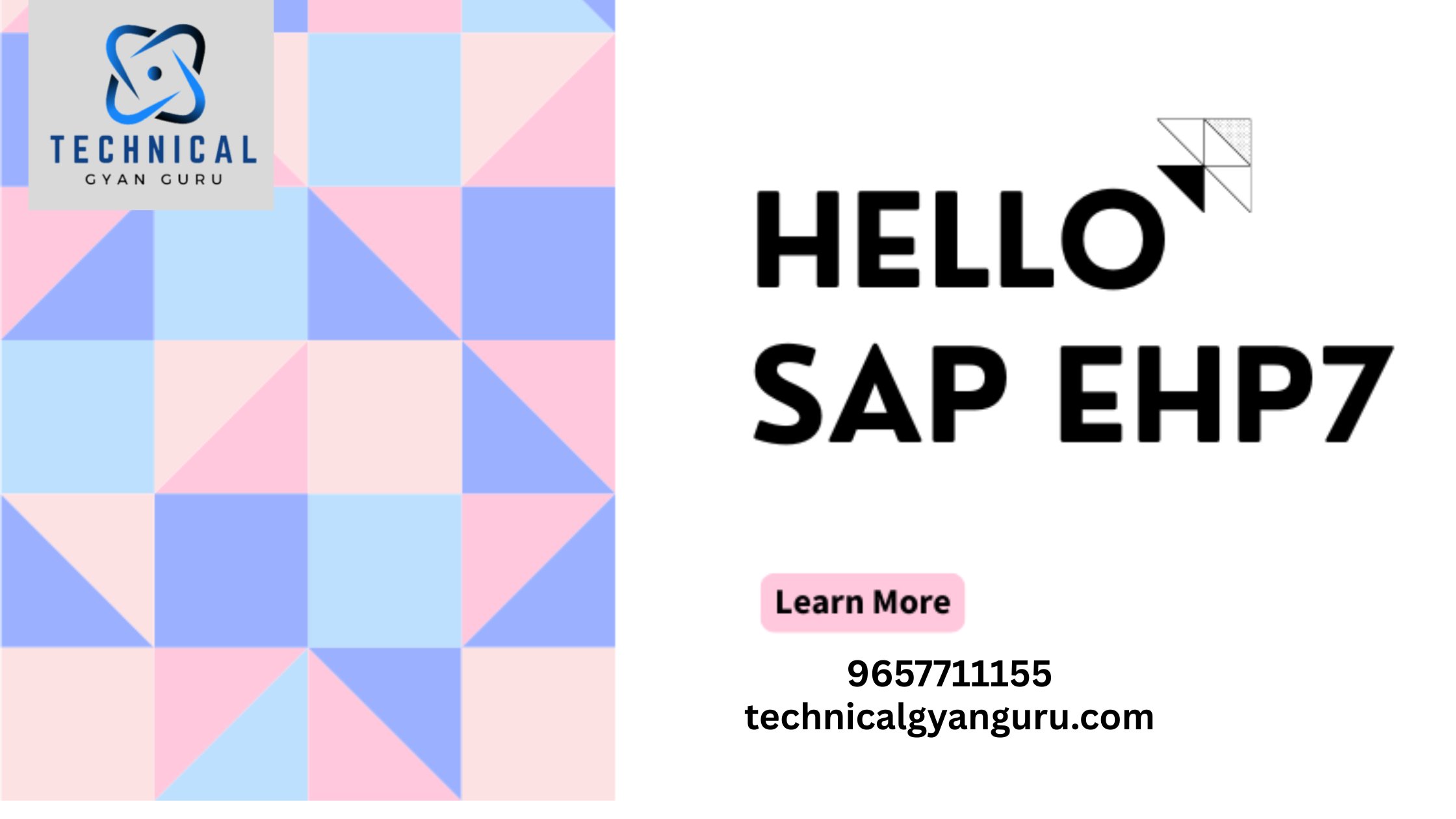Introduction: Generative AI Strategy
Generative AI Strategy: In a strategic move that underscores its commitment to innovation, SAP has recently laid out a comprehensive generative AI strategy. This forward-thinking approach signifies a paradigm shift in how SAP aims to harness the power of artificial intelligence to drive business solutions. In this blog post, we’ll delve into SAP’s generative AI strategy, exploring its implications for businesses and the tech landscape at large.
The Essence of Generative AI:
Generative AI, a subset of artificial intelligence, involves systems that can autonomously create content, solutions, or responses based on training data. Unlike traditional AI models that rely on extensive datasets for classification or prediction, generative AI has the ability to generate entirely new content, expanding the realm of possibilities for various applications.
SAP’s Vision for Generative AI:
SAP’s generative AI strategy centers on leveraging this technology to empower businesses with creativity, efficiency, and problem-solving capabilities. The company envisions a future where generative AI is seamlessly integrated into its suite of enterprise solutions, augmenting human intelligence and transforming how organizations operate.
Key Pillars of SAP’s Generative AI Strategy:
1. Innovation in Business Processes:
SAP aims to embed generative AI into critical business processes, enhancing decision-making and automating routine tasks. By integrating generative AI into workflows, businesses can streamline operations, reduce manual efforts, and unlock new levels of efficiency.
2. Enhanced User Experience:
The generative AI strategy extends to improving user interfaces and experiences within SAP applications. The goal is to create more intuitive, adaptive, and user-friendly interfaces that enhance user satisfaction and productivity.
3. Data-Driven Insights and Predictions:
Generative AI holds the potential to revolutionize how businesses analyze and utilize data. SAP plans to implement generative AI algorithms to provide advanced analytics, uncover hidden patterns in data, and deliver predictive insights that guide strategic decision-making.
4. Industry-Specific Solutions:
Recognizing the diverse needs of industries, SAP’s generative AI strategy involves developing industry-specific solutions. By tailoring generative AI capabilities to address sector-specific challenges, SAP aims to offer more targeted and effective solutions across various domains.
Implications for Businesses:
SAP’s commitment to a generative AI strategy has profound implications for businesses:
- Increased Automation and Efficiency: Businesses can expect increased automation of repetitive tasks, allowing employees to focus on high-value activities.
- Enhanced Creativity and Innovation: Generative AI has the potential to foster creativity by generating novel solutions and ideas, driving innovation within organizations.
- Optimized Decision-Making: The integration of generative AI into business processes enables more informed and data-driven decision-making, contributing to overall operational excellence.
Conclusion:
SAP’s generative AI strategy signals a pivotal moment in the evolution of enterprise solutions. As the company charts a course toward a future where AI is not just a tool but an integral part of business processes, businesses can anticipate a transformative impact on how they operate, innovate, and deliver value to their customers. The journey into the era of generative AI is an exciting one, and SAP’s strategic vision is poised to shape the future of intelligent enterprise solutions.







